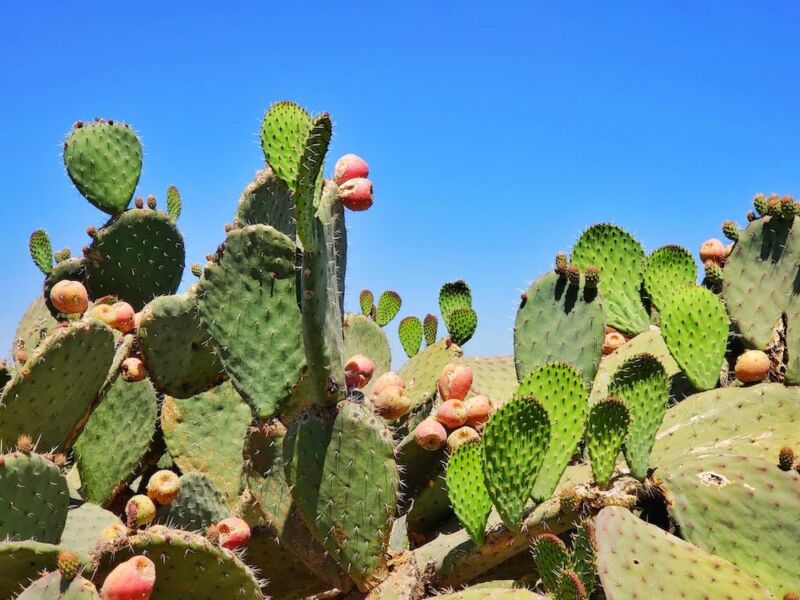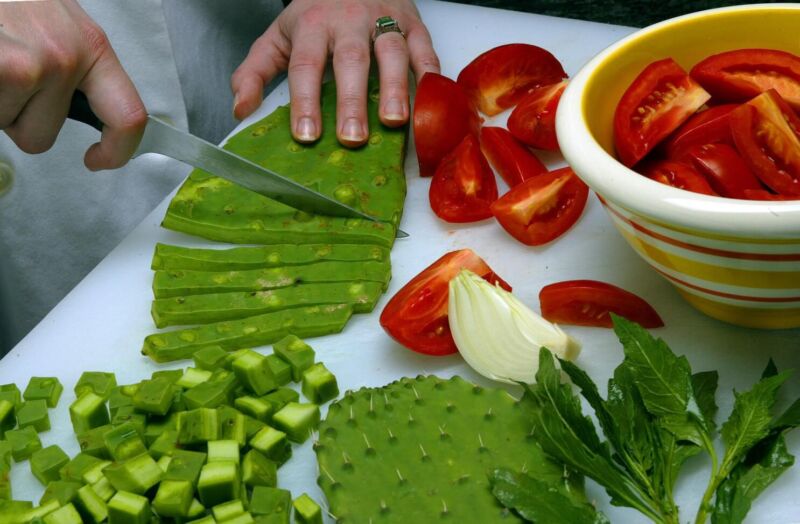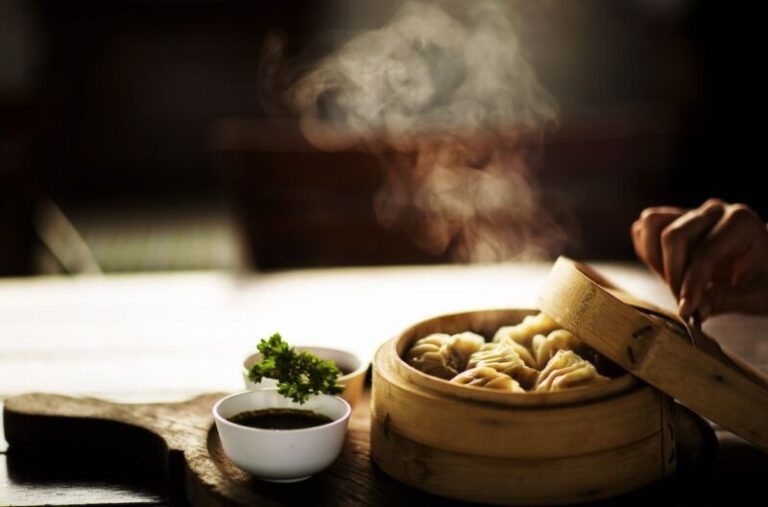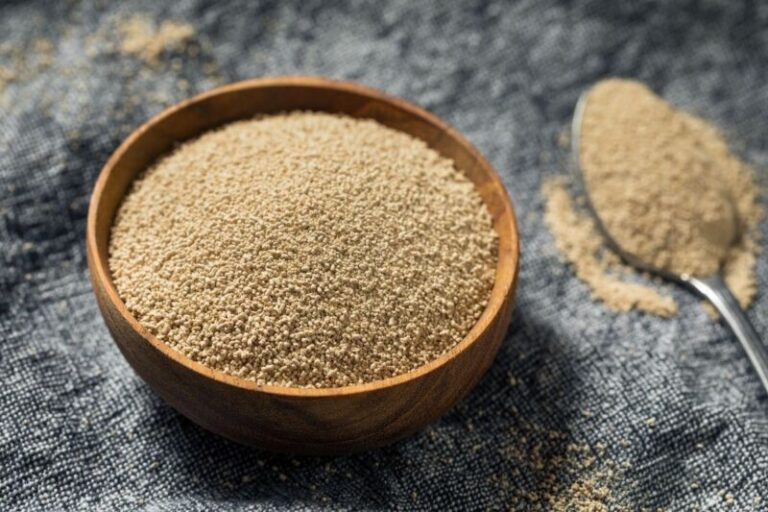What does a cactus taste like?
Have you ever wondered what a cactus tastes like? If you are like most people, you probably think that cacti are prickly, spiny, and inedible plants that only grow in deserts. However, you might be surprised to learn that cacti are actually edible and delicious plants that have been consumed by humans for thousands of years. In fact, cacti are considered a delicacy in many parts of the world, such as Mexico, South America, Africa, and Asia.
In this blog post, I will explore the fascinating world of cacti and answer the question: what does a cactus taste like? I will also share some tips on how to prepare and cook cacti, as well as some recipes and benefits of eating cacti. By the end of this post, you will have a better understanding and appreciation of these amazing plants.
Types of edible cacti
There are many types of cacti that can be eaten, but some of the most common ones are:
- Nopales: These are the flat, green, and fleshy pads of the prickly pear cactus. They are also known as nopalitos or cactus paddles. They have a crunchy and slightly sour taste, similar to green beans or okra. They can be eaten raw or cooked, and are often used in salads, soups, stews, tacos, and salsas.
- Dragon fruit: This is the fruit of the pitaya or pitahaya cactus. It has a bright pink or yellow skin with green scales, and a white or red flesh with tiny black seeds. It has a sweet and juicy taste, similar to kiwi or pear. It can be eaten fresh or dried, and is often used in smoothies, desserts, salads, and jams.
- Prickly pear: This is the fruit of the nopales cactus. It has an oval shape and a red, purple, green, or yellow color. It has a sweet and tangy taste, similar to watermelon or cucumber. It can be eaten fresh or cooked, and is often used in juices, syrups, candies, and wines.
- Saguaro: This is the giant cactus that can grow up to 15 meters tall and live for 200 years. It has a barrel-shaped stem with many branches and white flowers. It produces a red fruit that has a sweet and nutty taste, similar to dates or figs. It can be eaten fresh or dried, and is often used in jams, cakes, pies, and breads.
How to prepare cacti for eating

Before you can enjoy the taste of cacti, you need to prepare them properly. Here are some tips and precautions on how to do that:
- Harvest: You can either buy cacti from markets or grocery stores, or harvest them yourself from the wild. If you choose the latter option, make sure you have permission from the landowner and wear gloves and protective clothing. Also avoid harvesting endangered or protected species of cacti.
- Peel: You need to peel off the skin and spines of the cacti before eating them. You can use a knife or a vegetable peeler to do this. Be careful not to prick yourself with the spines or get them stuck in your fingers. You can also use tongs or tweezers to remove any remaining spines.
- Chop: You can chop the cacti into small pieces according to your preference. You can also remove any seeds if you don’t like them.
- Cook: You can cook the cacti in various ways depending on the type and recipe. Some common methods are boiling, frying, grilling, baking, roasting, or pickling.
What does a raw cactus taste like?

If you are feeling adventurous, you can try eating raw cacti. However, not all types of cacti are suitable for raw consumption. Some may have bitter or unpleasant flavors that need to be cooked out. Some may also have toxins or hallucinogens that need to be avoided.
The best types of cacti to eat raw are nopales and dragon fruit. They have mild and refreshing flavors that can complement other fruits or vegetables in salads or smoothies.
Raw nopales have a crunchy and slightly sour taste that is similar to green beans or okra. They are rich in fiber, vitamin C, and antioxidants. They can help lower blood sugar levels, cholesterol levels, and inflammation.
Raw dragon fruit has a sweet and juicy taste that is similar to kiwi or pear. They are rich in vitamin C, antioxidants, and iron. They can help boost the immune system, improve digestion, and prevent anemia.
What does cooked cactus taste like?

If you prefer cooked cacti, you have more options to choose from. You can cook nopales, dragon fruit, prickly pear, and saguaro in various ways and enjoy their different flavors and textures.
Cooked nopales have a soft and mucilaginous texture that is similar to okra or aloe vera. They have a mild and earthy flavor that can blend well with other ingredients. They are often used in soups, stews, tacos, and salsas.
Cooked dragon fruit has a firm and chewy texture that is similar to pineapple or apple. They have a sweet and floral flavor that can enhance the taste of desserts, salads, jams, and wines.
Cooked prickly pear has a juicy and crunchy texture that is similar to watermelon or cucumber. They have a sweet and tangy flavor that can balance the spiciness of sauces, syrups, candies, and wines.
Cooked saguaro has a dry and fibrous texture that is similar to dates or figs. They have a sweet and nutty flavor that can add richness to cakes, pies, breads, and jams.
Cactus recipes
Now that you know what cacti taste like, you might want to try some recipes that use them as the main or secondary ingredient. Here are some examples of delicious and easy recipes that you can make at home:
- Nopal salad: This is a refreshing salad that combines chopped nopales, tomatoes, onions, cilantro, lime juice, salt, and pepper. You can also add cheese, avocado, or corn for extra flavor.
- Dragon fruit smoothie: This is a nutritious smoothie that blends dragon fruit, banana, yogurt, milk, honey, and ice. You can also add other fruits or berries for more variety.
- Prickly pear margarita: This is a festive drink that mixes prickly pear juice, tequila, lime juice, orange liqueur, sugar, and ice. You can also garnish it with lime wedges or salt for more zest.
- Saguaro jam: This is a sweet jam that cooks saguaro fruit pulp, sugar, lemon juice, and pectin. You can also add spices like cinnamon or nutmeg for more warmth.
Cactus benefits

Eating cacti is not only tasty but also beneficial for your health and the environment. Here are some of the advantages of eating cacti:
- Health benefits: Cacti are rich in fiber, vitamin C, antioxidants, and minerals. They can help lower blood sugar levels, cholesterol levels, and blood pressure. They can also boost the immune system, improve digestion, and fight infections. They can also prevent scurvy, anemia, and cancer.
- Environmental benefits: Cacti are low-maintenance plants that require little water and fertilizer. They can survive in harsh climates and adapt to changing conditions. They can also provide food and shelter for wildlife. They can also reduce soil erosion, carbon emissions, and water pollution.
Cactus risks
However, eating cacti also has some risks and drawbacks that you should be aware of. Here are some of the disadvantages of eating cacti:
- Risks: Some cacti are poisonous or hallucinogenic, such as peyote, San Pedro, and Peruvian torch. These cacti contain psychoactive compounds that can cause hallucinations, nausea, vomiting, and other adverse effects. You should avoid eating these cacti unless you are under medical supervision or have religious or cultural reasons.
- Drawbacks: Cacti spines can cause irritation, infection, or allergic reactions if they penetrate the skin or mucous membranes. Some cacti spines are very hard to remove because they have barbs or hooks that cling to the flesh. You should wear gloves and protective clothing when handling cacti and seek medical attention if necessary.
- Threats: Cacti are threatened by habitat loss, overexploitation, illegal trade, and climate change. According to a global assessment of cacti by the International Union for Conservation of Nature (IUCN), 31% of cactus species are at risk of extinction. The main threats to cacti are agriculture, urbanization, mining, invasive species, and collection for ornamental or medicinal purposes. You should support conservation efforts and buy cacti from sustainable sources.
Conclusion
In conclusion, cacti are edible and delicious plants that have been consumed by humans for thousands of years. They have various flavors and textures depending on the type and preparation method. They also have many benefits and uses, but also some risks and drawbacks. You should be careful and responsible when eating cacti, and support their conservation and sustainability.
I hope you enjoyed this blog post and learned something new about cacti. If you have any questions or comments, please feel free to leave them below. I would love to hear from you.






